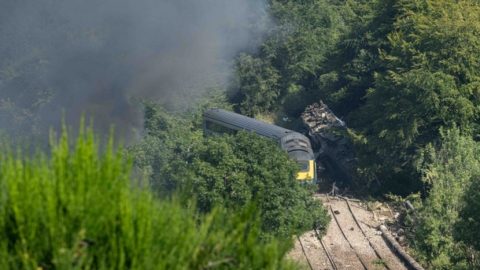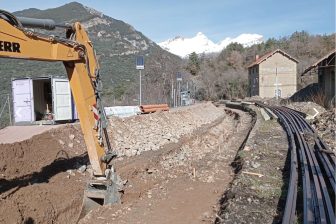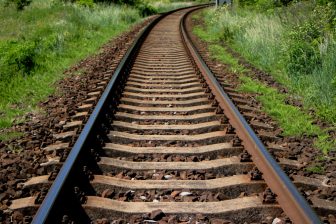
Union: take all ScotRail high-speed trains out of service for safety checks
Stonehaven derailment in Scotland, source: Raidió Teilifís Éireann
British union TSSA demands that all ScotRail’s high-speed trains are taken out of service to check for corrosion issues following a report on the derailment at Carmont near Stonehaven, Scotland last year.
Want to read more?
You have read all of your free premium articles for this month. Please become a subscriber to keep reading.
Subscribe now!
Take advantage of our exclusive offer to get full access to all premium content.



